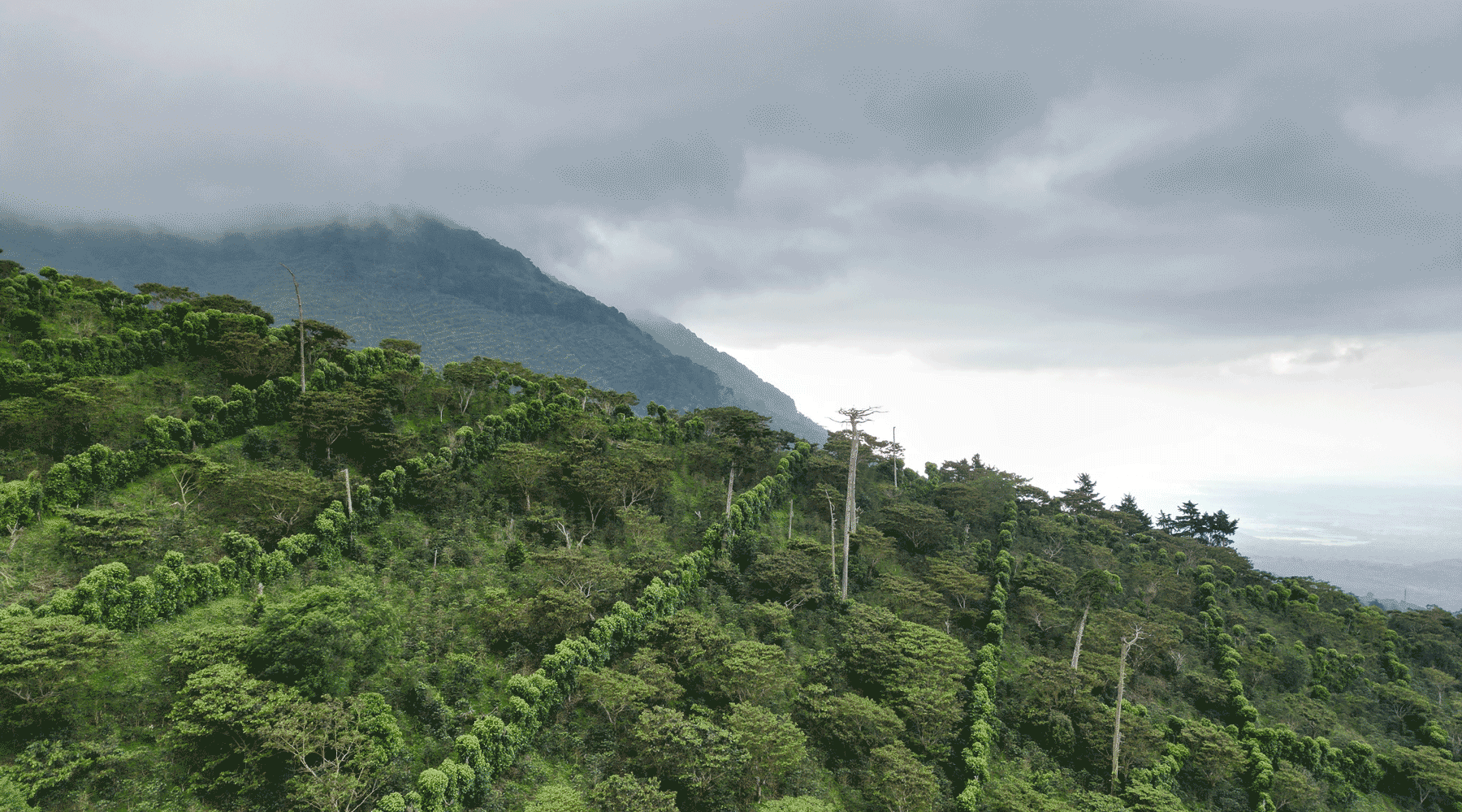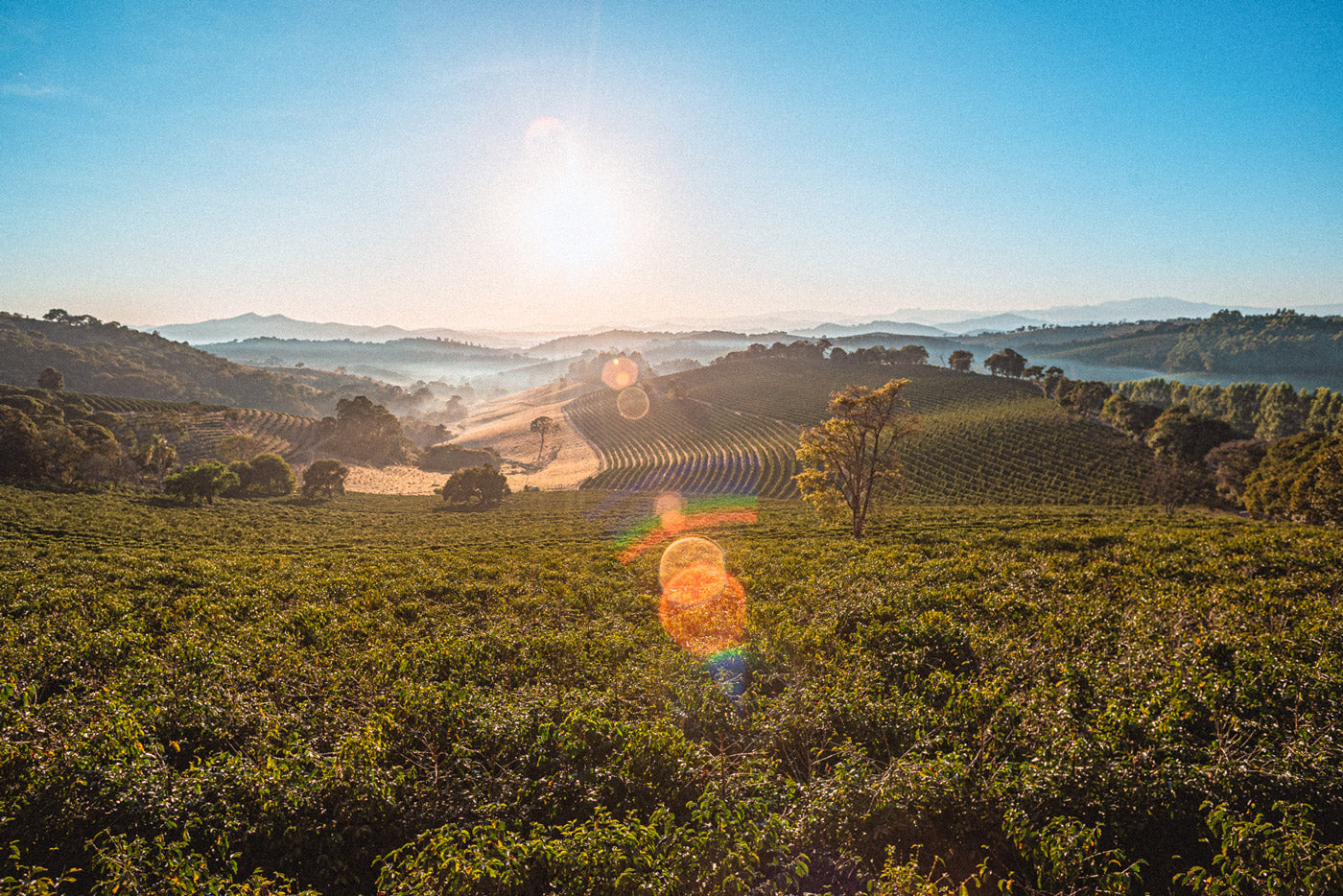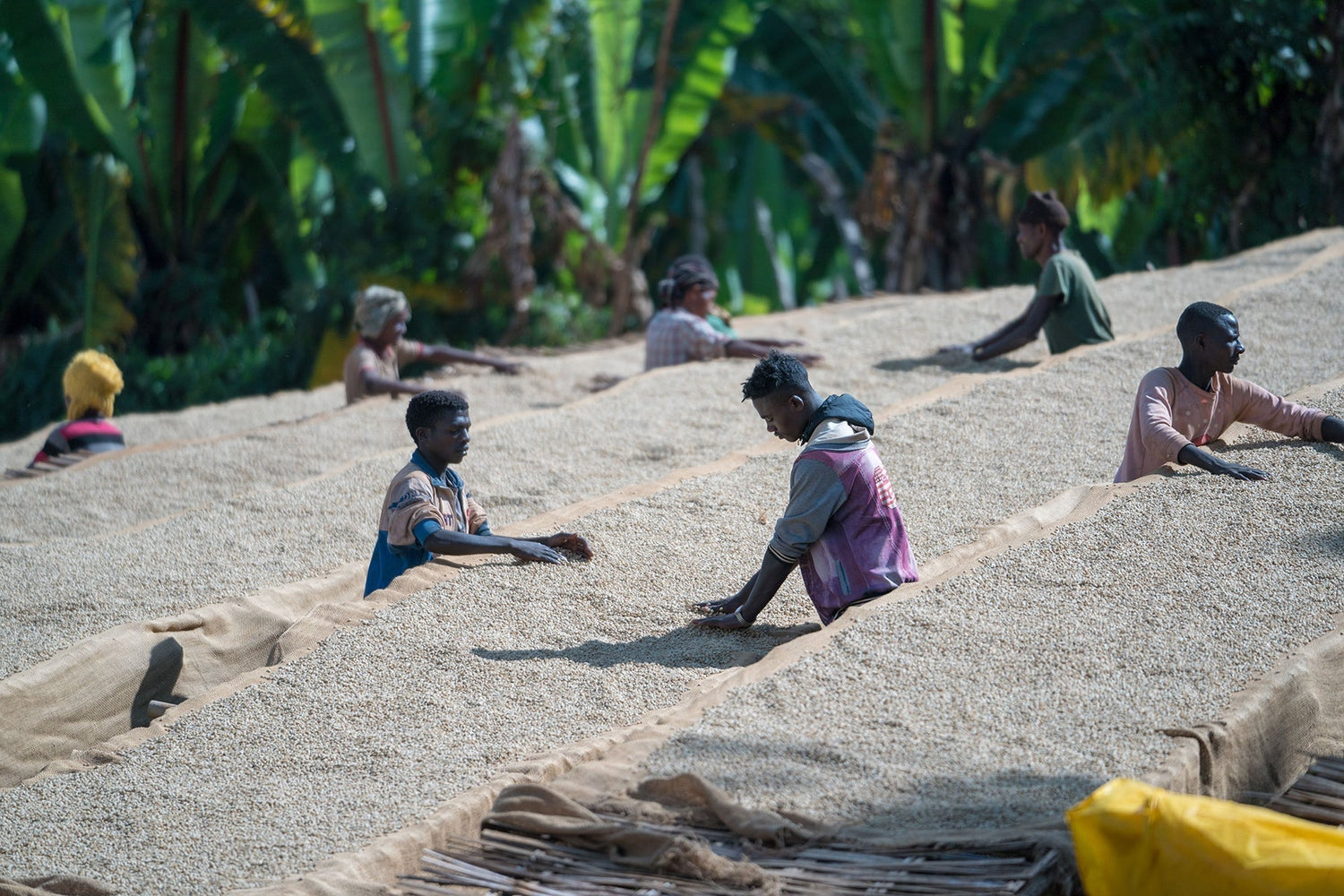Our new blog entry is about the botany of coffee, or more precisely, about growing coffee - from its origins to its harvest, another blog entry that will soon be available on our website. Let's start with some useful information about the coffee plant.
The coffee plant, in this case the genus Coffea, belongs to the plant family known as Rubiacea, also known as the Rubiaceae. According to botanical classification, this plant family includes around 500 genera with over 6,000 species. The genus Coffea includes numerous perennial shrubs and trees that can grow up to 15 meters tall and live for over 50 years. Not all of them store caffeine in their seeds and some only bear a very distant resemblance to the coffee plants we know. However, only two types of coffee are of economic importance: Coffea Arabica with around 61 percent of world coffee production and Coffea Canephora with 39 percent, which also includes Robusta. There are also two other varieties, Coffea Liberica and Coffea Excelsa, but both are of relatively minor importance.

 Coffee cultivation - reproduction & the origin of the coffee plant
Coffee cultivation - reproduction & the origin of the coffee plant 



